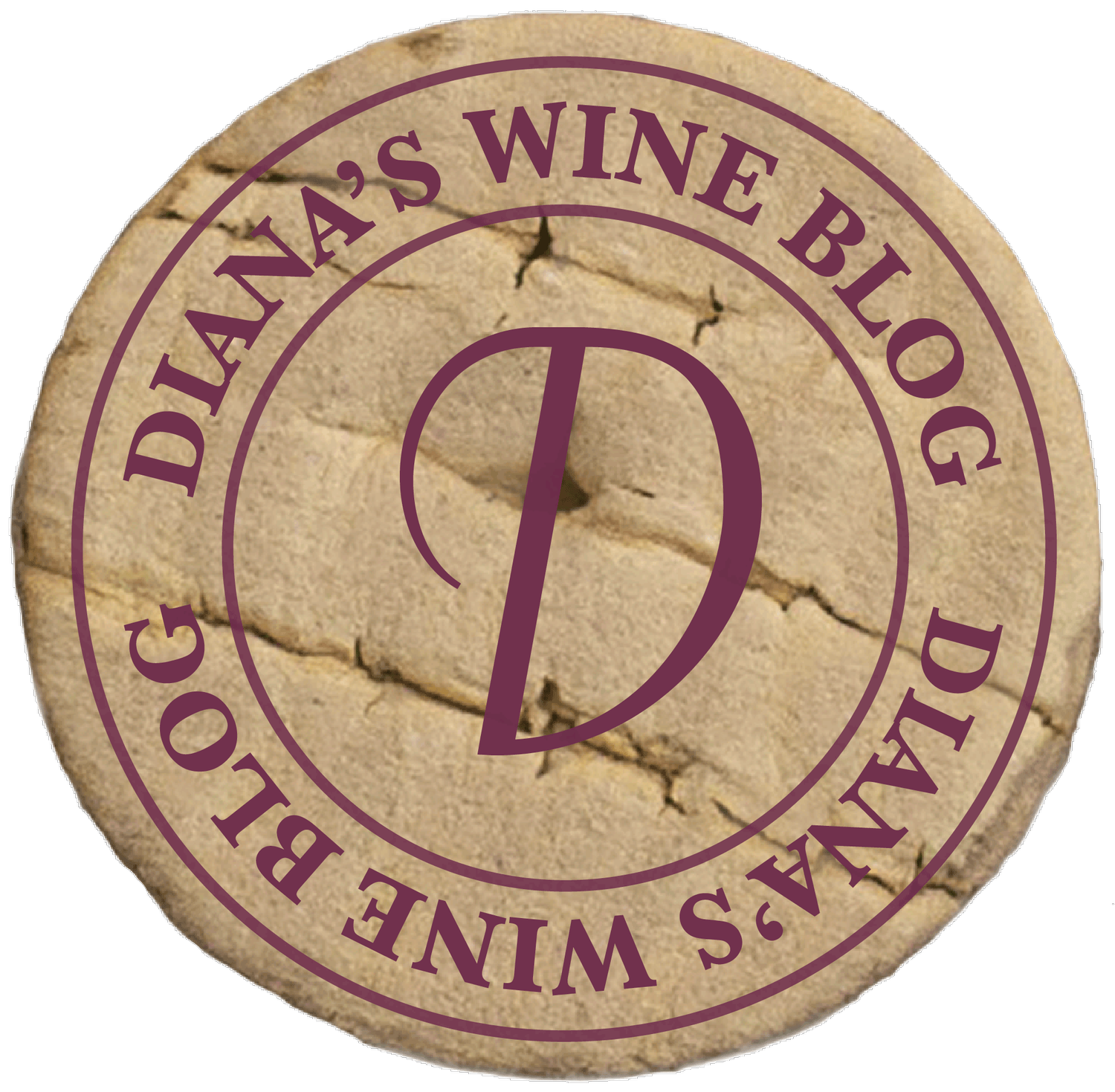The Price of a Cab — Cabernet Sauvignon, That Is…
Have you ever stood in the aisle of the Cabernet Sauvignon section at the store and wondered, “Why is this one $8 and this one $80?” I suspect you assumed the difference was quality. That’s a fair assumption, yet have you wondered what contributes to the cost of that quality? What is it about the winemaking process that leads to those differences?
First, let me stake out that there are no hard and fast rules, yet there are approaches and techniques in winemaking that make a quantitative difference in production costs. Here are some of the aspects that feed into the cost of your bottle of Cabernet, whatever you choose for whatever occasion.
The first consideration is the cost of the land. The place where the grapes are grown is relevant. Napa Valley land is more expensive than the farmland of the central valley of California. The microclimates and soils in Napa are highly regarded for grape growing, and the price of an acre of land reflects that.
The yield of the crop is another consideration. How many vines will be planted on an acre, and how many grapes will be produced to make the wine? In a recent article from “Wine & Vines,” they compared the yields from vineyards that went into three Northern California wines. At the modest price point of $13 per bottle, the yield was 8 tons per acre; at $35 per bottle, it was 3.5-4 tons per acre; and, at $78 per bottle, it was 2.5 tons per acre. The yield depends on how closely the vines are planted, how many grape clusters grow on each vine, and the amount of sorting done to select the grapes that make it into the wine.
Cost of vineyard maintenance and harvest are considerations as well. Is it done by machines or by hand? For the $13 bottle, farming costs were $2000-$3000 per acre. For the $78 bottle, farming costs were $10,000 per acre, and the farming was done entirely by hand.
The most interesting aspect, in my opinion, that affects price per bottle is cold soak time along with the fermentation process. All grape juice is colorless, whether it comes from a white or red grape. The color in red wine comes from contact with the skins. In order for that to take place, the skins must stay in contact with the juice. This happens with a cold soak and/or fermentation. With our modest price wine, the grape skins were only in contact with the juice during fermentation for 6 days before they were aged for 12 months. The grape skins for the $78 dollar bottle of wine spent 7 days in a cold soak (the juice, the skins, the seeds were kept at a low temperature to prevent fermentation to extract color, phenolic flavors and tannins), followed by a more extensively managed fermentation process that spanned up to 5 weeks before settling into oak barrels.
There is much that contributes to the differences in the cost of your bottles of wine. Dive in and experiment with them all!
Enjoy!
